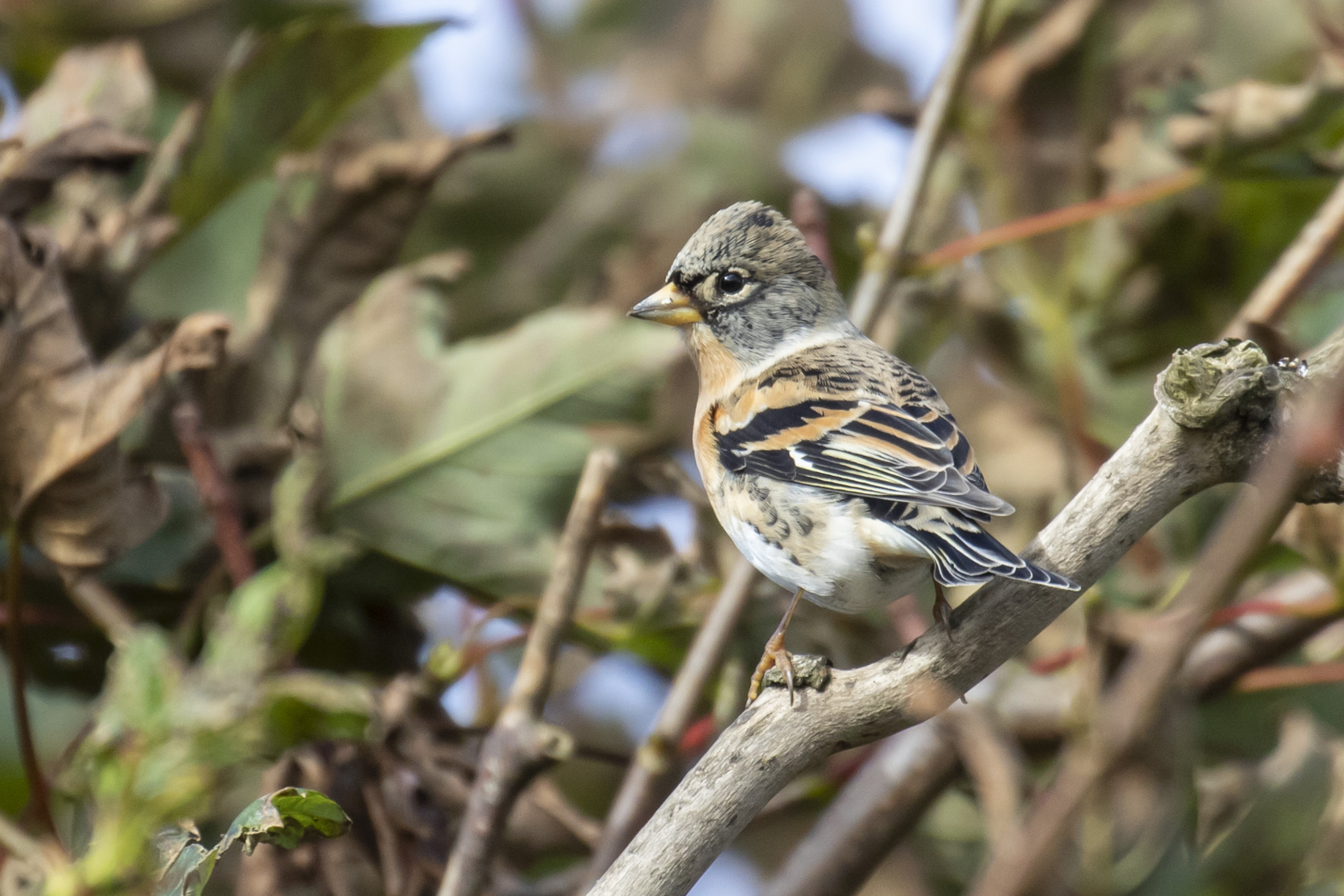This year there were a number of arctic breeding species present on Shetland. A telescope was needed to view some of these species, as they could be quite distant. An undoubted highlight was the summer plumaged White-billed Diver, found by Jono Lethbridge’s group, at South Nesting. Any summer plumaged diver is a magnificent sight and White-billed Diver has that rarity value too. A stunning bird in the ‘scope, it was way too far out for photos, but I gave it a go anyway:

Below, second place in the “Diver Awards” went to the very smart Great Northern Diver, that Dave and I watched fly past from Grutness. This was one of many present in summer plumage that we saw around the islands. We also saw winter plumaged birds and Red-throated Diver.

Getting even more distant was the second-calendar year King Eider that was found with the Eider flock at Girlsta. This was the ultimate in distant birds. In binoculars, the entire Eider flock was miles away, a thin line of brown and white on the far side of the bay (*confession, I have just measured the distance on Google Earth, the flock was almost exactly 1km/0.6 miles away from us. Which is still quite a distance to pick out a 60cm long sea-duck) :

Picking out the King Eider was a nice challenge, won by Andy, on this occasion. The glowing orange bill was the most obvious initial feature. It was a minor miracle that we got a picture of the bird at that distance, but modern cameras never fail to amaze:

A telescope was also required to pick out the first-winter Glaucous Gull in the gull flock on the far side of Loch Spiggie:

Later in the week, we visited Wester Quarff, where our second King Eider, an eclipse drake, could be found. Fortunately, it was closer than the Girlsta bird. This was a smart bird in the ‘scope, though the light was very poor for photos that day:

Northern passerines were more accommodating than some of the sea-duck. We found Snow Buntings at Lamba Ness on Unst (13) and at Scatness on Mainland. They are always great birds to see:


Brambling was the dominant finch species, replacing Common Redpoll, which was everywhere during our 2019 visit. Most areas of tree or shrub cover held a few, they are always a pleasure to see and hear:


Scatness is the central line of land in the picture below, taken from the plane as we left Shetland. It has a small loch in the middle of it. Sumburgh Head is the far peninsular, although the headland is just disappearing behind the clouds in this picture. This year it was so much more comfortable to go birding there when I was not dressed as John Travolta, Saturday Night Fever style. Unlike our visit in 2019.

Instead, the loch on Scatness held 5 lovely Shorelark, which remained all week in the area south of the loch…

… and one Lapland Bunting, which made us work hard, before Andy re-located it around the wall south of the loch:

Next: pipits, ditches and cars.
